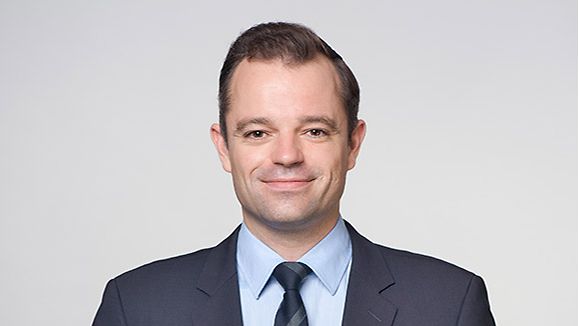Germany’s diverse industry and cluster landscape has given rise to a number of microelectronics regions with strong European and international profiles. The number of international companies locating to Germany is growing.
World-Class Locations
Saxony
The Free State of Saxony – home to the Silicon Saxony cluster – in Eastern Germany enjoys a reputation as Europe’s biggest micro- and nanoelectronics location. Silicon Saxony counts as the biggest high-tech network for the microelectronics, smart systems, photovoltaic, software, and applications sectors in Europe. Knowledge transfer and intra-company synergies are created as a result of close cooperation within the network; further consolidating the region’s reputation as a center of ICT excellence. The Cool Silicon cluster, also in Saxony, was set up to develop energy-efficient – and even zero energy – solutions in the three ICT focus areas of computing, broadband wireless and sensor networks.
Baden-Württemberg
The microTEC Südwest cluster in Baden-Württemberg counts as a major European competence and cooperation network for intelligent microsystem technology solutions in the fields of production, mobility, health, and energy. The it’s OWL cluster in OstWestfalen-Lippe is playing a leading role in developing automation and mechatronics technologies for industry. Intelligent technical systems are being developed in numerous projects to make advanced manufacturing and Industrie 4.0 a reality.
Bavaria
Bavaria is home to some of the world’s leading semiconductor producers including Infineon Technologies and Siltronic to name but two. As the site of many leading national and international actors in electrical engineering and electronics, the southern state is playing a leading role in the development of technologies for the Industrial Internet of Things. Apple plans to invest over EUR 1 billion to build a new facility in Munich focusing on 5G and future wireless technologies. The tech giant’s European Silicon Design Center will be located in the Bavarian capital, which is already the company’s largest engineering hub in Europe.
World-leading Research and Development
Fraunhofer Group for Microelectronics
A number of institutes within the Fraunhofer Group for Microelectronics and the Leibniz Association are also playing a decisive role in consolidating Germany’s role as a major international semiconductor and electronics research location. The Fraunhofer Group for Microelectronics is a research and development service provider in the areas of microelectronics and smart systems integration. Part of the Fraunhofer-Gesellschaft, Europe’s largest application-oriented research organization, the group seeks to bridge the gap between fundamental research and product development in the fields of microelectronics/nanoelectronics and microsystem & communication technology in order to strengthen German innovativeness.
Research Fab Microelectronics Fraunhofer Group for Microelectronics in cooperation with the Leibniz institutes IHP and FBH Largest cross-site R&D cooperation for micro- and nanoelectronics in Europe World leader in nanoelectronics R&D with 11 Fraunhofer and 2 Leibniz Association institutes Europe’s biggest electronics R&D organization (2,000 research staff) EUR 350 investment in state-of-the art equipment 12,5000 sqm clean room space
|
The Leibniz Association
The Leibniz Association is a non-profit association made up of 97 basic and applied science and research institutions. Non-profit organized in nature, the Leibniz Association promotes science and research objectives among its member institutions with specific significance accorded their scientific, legal and economic independence. Member activities include knowledge-based and applied basic research, scientific infrastructure maintenance, research-based service provision, and eight research museums.



